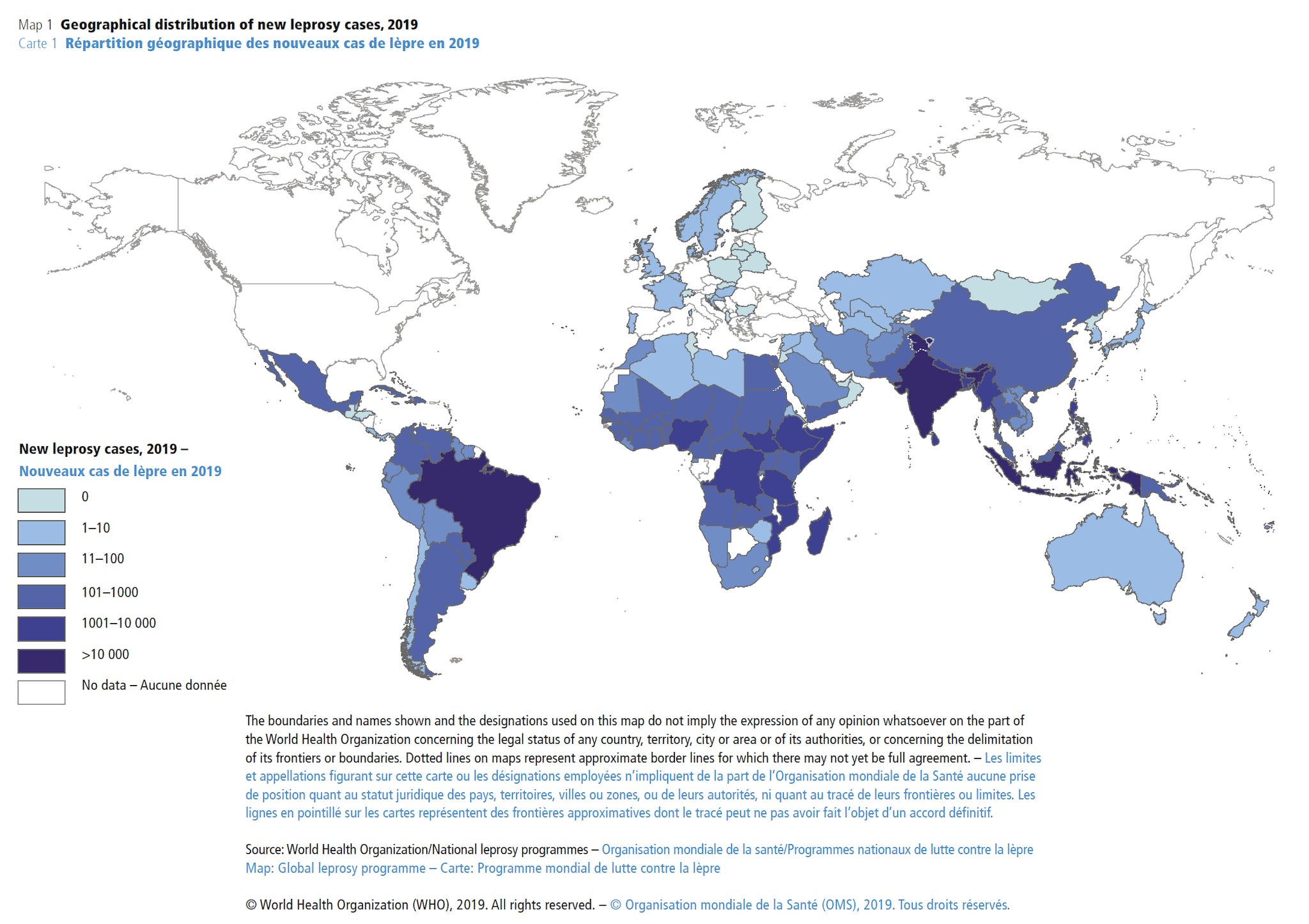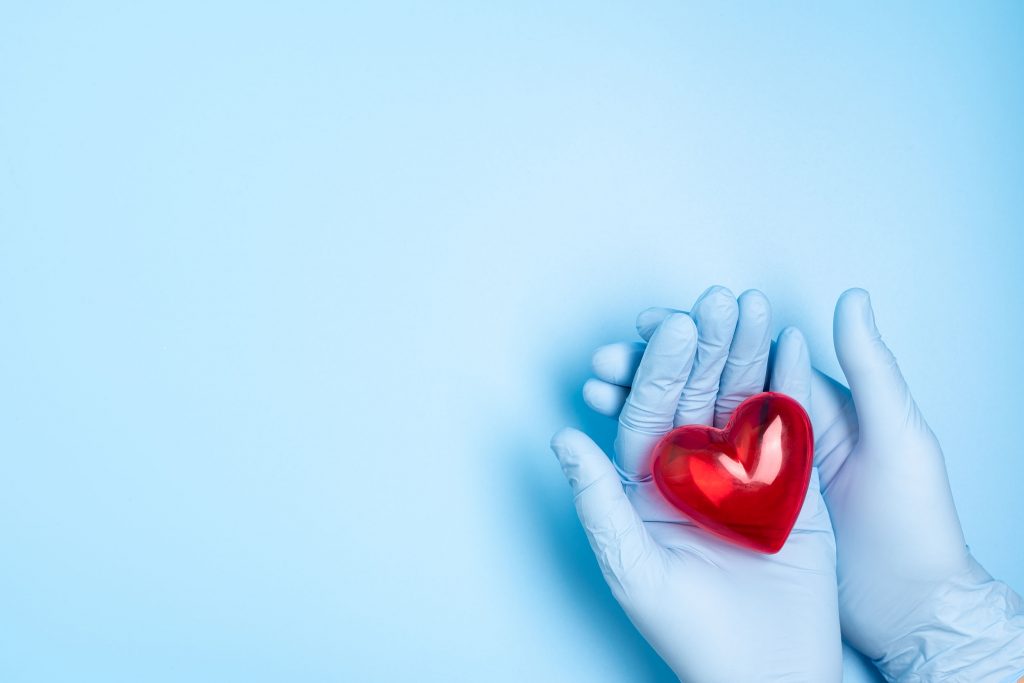Every year on the last Sunday of January, World Leprosy Day seeks to increase public awareness of leprosy, a chronic infectious skin disease. The day also helps to debunk common myths associated with leprosy.
Unbeknownst to many, leprosy was renamed Hansen’s disease in 1873. It was renamed after the Norwegian scientist, Gerhard Henrik Armauer Hansen discovered the cause of the illness. This cause was a slow-growing bacterium called Mycobacterium leprae. Despite the fact the disease was officially renamed, many people and organizations still call it leprosy. In 2016, there were 200,000 cases of the disease in the world. In the United States, about 150 to 250 cases are reported each year.
Through the years, people with leprosy have been ostracized in their communities. Sadly, even though there is now a cure for the disease, the stigma still exists. This is due to the myths that people believe about the disease. These myths include:
- Leprosy is very contagious
- The disease causes fingers and toes to fall off
- Historical leprosy is the same as modern leprosy
- Leprosy is caused by a curse or sin
- Leprosy is always fatal
According to the Centers for Disease Control (CDC), none of these statements are true. Leprosy is very hard to get. About 95% of the adults won’t catch it because their immune system can fight off the bacteria. The disease attacks the nerves of the fingers and toes. When the disease is untreated, it can cause permanent damage to the nerves and skin. People who have leprosy do not need to be quarantined. When treated with antibiotics, they will not be contagious after starting the medicine.
World Leprosy Day was established in 1954 by French philanthropist Raoul Follereau. His goal was to raise awareness about leprosy. He also aimed to teach people that this ancient disease is now easily curable. He chose the last Sunday in January as it was close to the anniversary of Mahatma Gandhi’s death, which occurred on January 30th, 1948. Gandhi was known for having compassion for those with leprosy.
Burden of Hansen’s Disease
Around the world:
- The number of new cases reported globally to World Health Organization (WHO) in 2019 was more than 200,000.
- Close to 15,000 children were diagnosed with Hansen’s disease in 2019, more than 40 a day.
- An estimated 2 to 3 million people are living with Hansen’s disease-related disabilities globally.
- In 2019, the countries with the highest number of new diagnoses were India, Brazil, and Indonesia.
- Over half of all new cases of Hansen’s disease are diagnosed in India, which remains home to a third of the world’s poor, a group disproportionately affected by the disease.
In the United States:
- About 150 to 250 cases are reported each year.
- In 2018, 185 new cases were reported to the National Hansen’s Disease Program (NHDP), which coordinates care, research, and information about Hansen’s disease in the U.S.
- Most U.S. cases occur in people who have lived in areas of the world where the disease is still common. Most new cases in 2018 were reported from Arkansas, California, Florida, Hawaii, Louisiana, New York, and Texas.
- In some parts of the southern United States, nine-banded armadillos have been found to carry the bacterium that causes Hansen’s disease. Experts think the armadillos may spread it to people when they handle these animals.

Girls and women affected by Hansen’s disease often face the added issue of gender and social discrimination.
Challenges of Hansen’s Disease
Hansen’s disease mainly affects people in resource-limited countries, especially those who live in crowded conditions. Many have difficulty accessing health care due to the high costs of going to the doctor and long distances to reach providers and clinics familiar with Hansen’s disease. Because of this, many of those affected don’t complete treatment or don’t receive it at all, even though the WHO has a program that provides free treatment. Due to the continued stigma against people with Hansen’s disease, they may not seek help when the first symptoms appear, causing a delay in diagnosis and development of disabilities.
Girls and women affected by Hansen’s disease face the added issue of gender and social discrimination, which may also delay detection of the disease. In some countries, the law allows a person to legally divorce a spouse because they are affected by the disease. Unfortunately, this may leave many women destitute, homeless, and unable to care for their children.
Many people living with Hansen’s disease are unable to work due to disability caused by the disease or may face the stigma that prevents them from working.
The good news is that Hansen’s disease is curable with antibiotics. Education and improving access to basic health services for all are keys to the successful elimination of stigma and disability associated with the illness.
World Leprosy Day Dates
| Year | Date |
|---|---|
| 2022 | January 30 |
| 2023 | January 29 |
| 2024 | January 28 |
| 2025 | January 26 |
| 2026 | January 25 |
| 2027 | January 31 |
| 2028 | January 30 |
| 2029 | January 28 |
| 2030 | January 27 |



